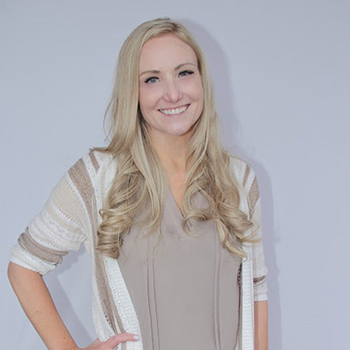Anxiety is a natural response to stress—but for some, it becomes chronic and disruptive. If you’re feeling overwhelmed, tense, or constantly on edge, your symptoms may be more than just stress. You could be living with an anxiety disorder.
Each person experiences anxiety differently, and understanding the type of anxiety you’re facing can help you seek the right support. While only a licensed mental health professional can provide a formal diagnosis, familiarizing yourself with the most common types of anxiety disorders is a helpful first step toward healing.
1. Generalized Anxiety Disorder (GAD)
Generalized Anxiety Disorder involves persistent and excessive worry about a wide range of everyday concerns. People with GAD often:
-
Worry more days than not for six months or more
-
Feel unable to control or pinpoint the cause of their anxiety
-
Overthink possible worst-case scenarios
-
Struggle with sleep, concentration, or irritability
GAD tends to affect multiple areas of life—work, relationships, health, and finances—and may be difficult to manage without support.
2. Obsessive-Compulsive Disorder (OCD)
Obsessive-Compulsive Disorder involves unwanted, intrusive thoughts (obsessions) and repetitive behaviors or mental acts (compulsions) meant to relieve the distress. Common signs of OCD include:
-
Fear of germs, contamination, or illness
-
Repeated checking (e.g., locks, appliances)
-
Needing things to be “just right” or symmetrical
-
Rituals around counting, organizing, or handwashing
While many people engage in occasional rituals, OCD becomes a disorder when it interferes with daily life or causes significant distress.
3. Social Anxiety Disorder
Social Anxiety Disorder causes intense fear or discomfort in social settings due to worry about being judged, embarrassed, or rejected. Symptoms may include:
-
Avoiding social interactions, even with friends or family
-
Intense self-consciousness when speaking, eating, or being observed
-
Physical symptoms like blushing, sweating, or rapid heartbeat
-
Avoidance of crowded places or group settings
This type of anxiety can make it difficult to form relationships, attend events, or perform in school or work environments.
4. Separation Anxiety Disorder
Often associated with children, Separation Anxiety Disorder can also affect adults. This type of anxiety involves intense fear or distress when away from loved ones. Signs include:
-
Worrying that something bad will happen to someone you care about
-
Feeling panicked or upset when apart from a caregiver, partner, or child
-
Avoiding activities that involve separation
-
Physical symptoms (e.g., stomachaches, headaches) when apart from loved ones
Separation anxiety in adults may stem from past trauma or attachment issues and can significantly disrupt relationships and independence.
5. Phobias and Agoraphobia
Phobias are intense fears about specific objects, situations, or experiences. Common phobias include fear of heights, flying, spiders, or medical procedures. These fears go beyond discomfort—they may trigger panic or avoidance behaviors that interfere with daily life.
Agoraphobia, in particular, involves fear of leaving home or being in situations where escape might be difficult. Individuals may:
-
Avoid grocery stores, public transportation, or crowded places
-
Feel trapped or helpless outside of their “safe zone”
-
Fear having a panic attack in public
-
Struggle with even small steps outside the home, like getting the mail or sitting on the porch
How Anxiety Is Treated
Anxiety disorders are among the most common mental health conditions—and also some of the most treatable. Effective treatment options include:
-
Cognitive Behavioral Therapy (CBT): Helps reframe negative thoughts and reduce anxious behaviors
-
Exposure Therapy: Gradually reduces fear by safely facing triggering situations
-
Psychodynamic Therapy: Explores underlying emotional conflicts that contribute to anxiety
-
Medication: In some cases, anti-anxiety or antidepressant medications may be prescribed
-
Mindfulness and Lifestyle Changes: Grounding, meditation, exercise, and routine all support recovery
When to Seek Help
If anxiety is interfering with your ability to complete daily responsibilities, enjoy your life, or maintain relationships, it may be time to talk to a professional. Therapy can help you identify what’s contributing to your anxiety and equip you with tools to feel more in control.
You don’t have to live in constant fear. Understanding the type of anxiety you’re facing is the first step to managing it—and finding relief is entirely possible.


